Since the launch of Apple’s Vision Pro, there has been a surge in interest surrounding spatial computing. Various tech companies and developers are exploring the potential of mixed-reality experiences. Among the notable competitors to Apple’s Vision Pro is the XReal Air 2 Ultra, which was introduced at CES 2024. This comparison explores how these two devices measure up in terms of performance, design, and overall value for XR enthusiasts.
Apple Vision Pro: Overview and Key Features
The Apple Vision Pro is a state-of-the-art mixed-reality headset designed to deliver high-quality spatial computing experiences. It features advanced technology including the M2 and R1 chips, which contribute to exceptional hand and eye tracking. The device does not require controllers and provides an immersive experience through its intuitive operating system. However, its high price and relatively bulky design are notable drawbacks.
Pros:
- Superior hand, eye, and face tracking
- High-quality visual output
- Powerful internal processing
- Customizable user interface
Cons:
- High cost
- Bulky and heavy
- Potential software issues
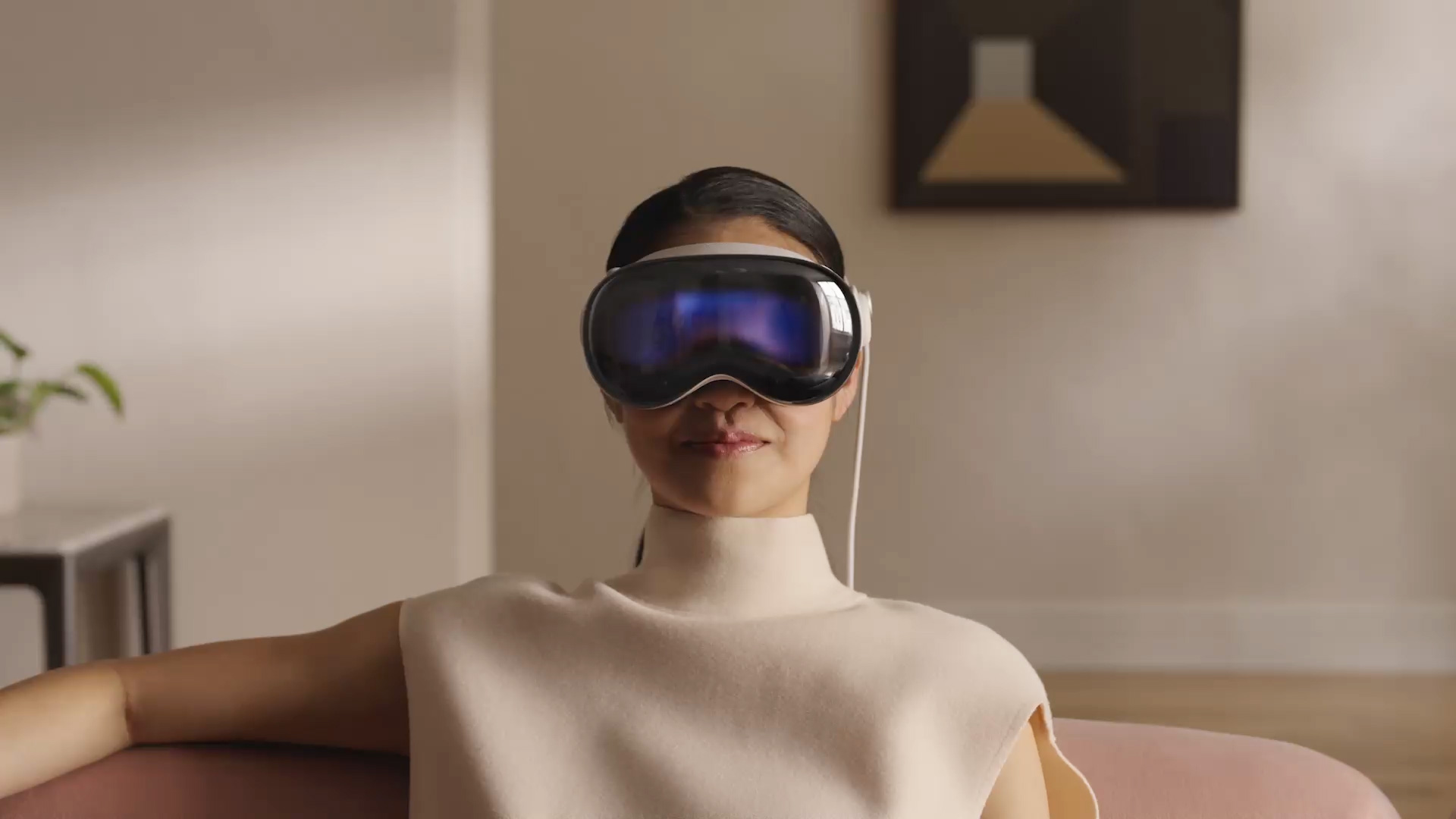
XReal Air 2 Ultra: Overview and Key Features
In contrast, the XReal Air 2 Ultra is a pair of smart glasses offering an affordable alternative to the Vision Pro. These glasses feature OLED displays with 1080p resolution and 120Hz refresh rates. They provide hand and face tracking but are somewhat less advanced than the Vision Pro in terms of raw power. The glasses are lighter and more stylish, and they support prescription lenses.
Pros:
- High-resolution Micro-OLED displays
- More affordable
- Lightweight and stylish
- Supports prescription lenses
Cons:
- Requires a wired connection
- Lacks some advanced features
- Specifications Comparison
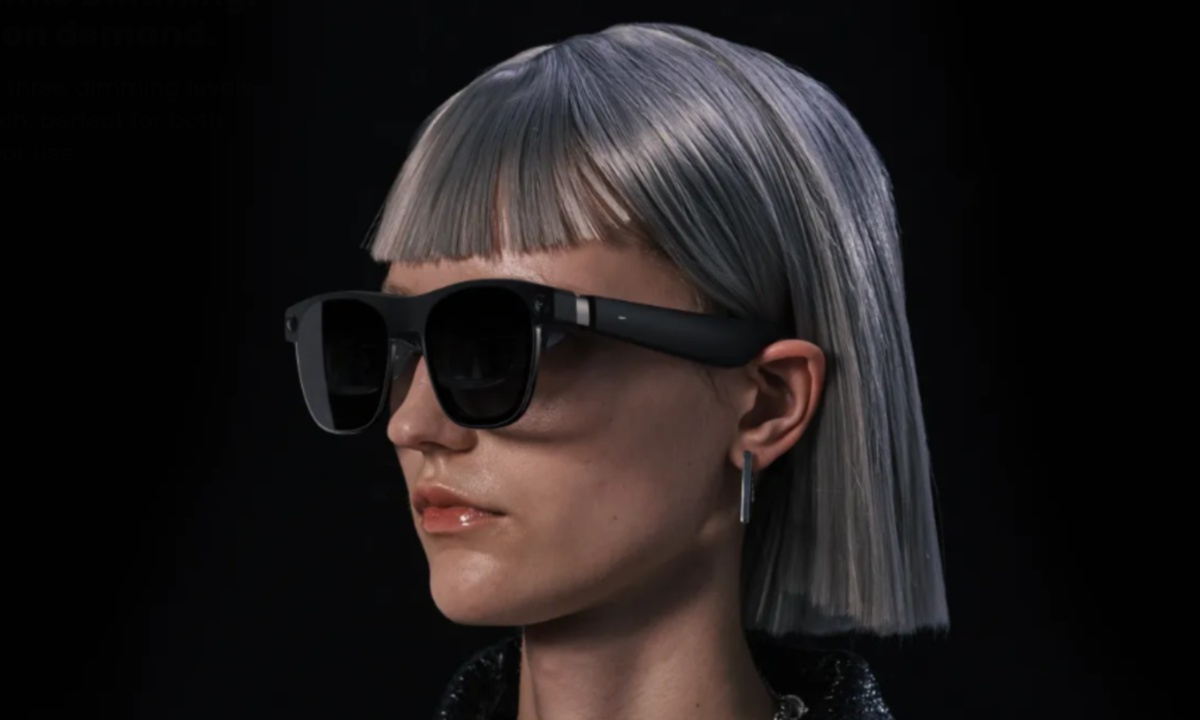
When comparing the specs of both devices, the Apple Vision Pro stands out with its superior resolution and refresh rates, boasting 4K per eye and up to 100Hz refresh rates. It operates as a standalone device with built-in processing power. Conversely, the XReal Air 2 Ultra has a resolution of 1920 x 1080 per eye and relies on a tethered connection to a computer or phone, which limits its functionality to what is supported by the connected device.
Specifications Summary:
Apple Vision Pro: $3,499, M2 and R1 chips, 4K per eye, 90-100Hz, standalone, 100-degree FOV, 600-650g weight, up to 2.5 hours battery life.
XReal Air 2 Ultra: $699, Snapdragon processor, 1920 x 1080 per eye, 120Hz, tethered, 52-degree FOV, 80g weight, always plugged in.
Design Considerations
Design is a significant differentiator between these two devices. The Apple Vision Pro, akin to traditional VR headsets, is large and heavy, which may affect comfort during prolonged use. It includes customizable straps and light seal cushions to enhance the fit but remains cumbersome compared to the XReal Air 2 Ultra. The XReal glasses, being much lighter and more compact, offer a more comfortable experience, though they have a less stylish appearance.
Visual and Audio Performance
The Apple Vision Pro excels in visual performance with its 4K resolution and wide field of view. It also features high-quality spatial audio with dual speakers and a microphone array for immersive sound. In comparison, the XReal Air 2 Ultra, while still offering good visuals with its Micro-OLED displays, falls short in audio depth and clarity, providing only basic stereo sound.
Mixed Reality and Spatial Experiences
Both devices enable interaction without the need for physical controllers. The Apple Vision Pro’s advanced tracking technology and dual-chip setup offer precise gesture and eye tracking, enhancing the mixed reality experience. The XReal Air 2 Ultra, although less advanced, still provides effective hand and head tracking and supports spatial computing through its tethered connection.
Battery Life and Overall Performance
The Apple Vision Pro’s performance is powerful, but its battery life is limited to a few hours, requiring frequent recharging. Despite this, it offers robust mixed-reality capabilities with its proprietary VisionOS. The XReal Air 2 Ultra, being dependent on the battery life of connected devices, can also be limited in usage duration unless supplemented with additional accessories like the XReal Beam Pro.
Final Verdict
In summary, both the Apple Vision Pro and XReal Air 2 Ultra offer unique advantages. The Vision Pro is ideal for users seeking cutting-edge technology and superior mixed-reality experiences, albeit at a high cost. On the other hand, the XReal Air 2 Ultra provides a more affordable and comfortable option, suitable for users who prioritize budget and portability over the highest-end features.
For those looking for advanced spatial computing without breaking the bank, the XReal Air 2 Ultra is a compelling choice. Conversely, if you are willing to invest in premium technology for a more immersive experience, the Apple Vision Pro is worth the higher price.

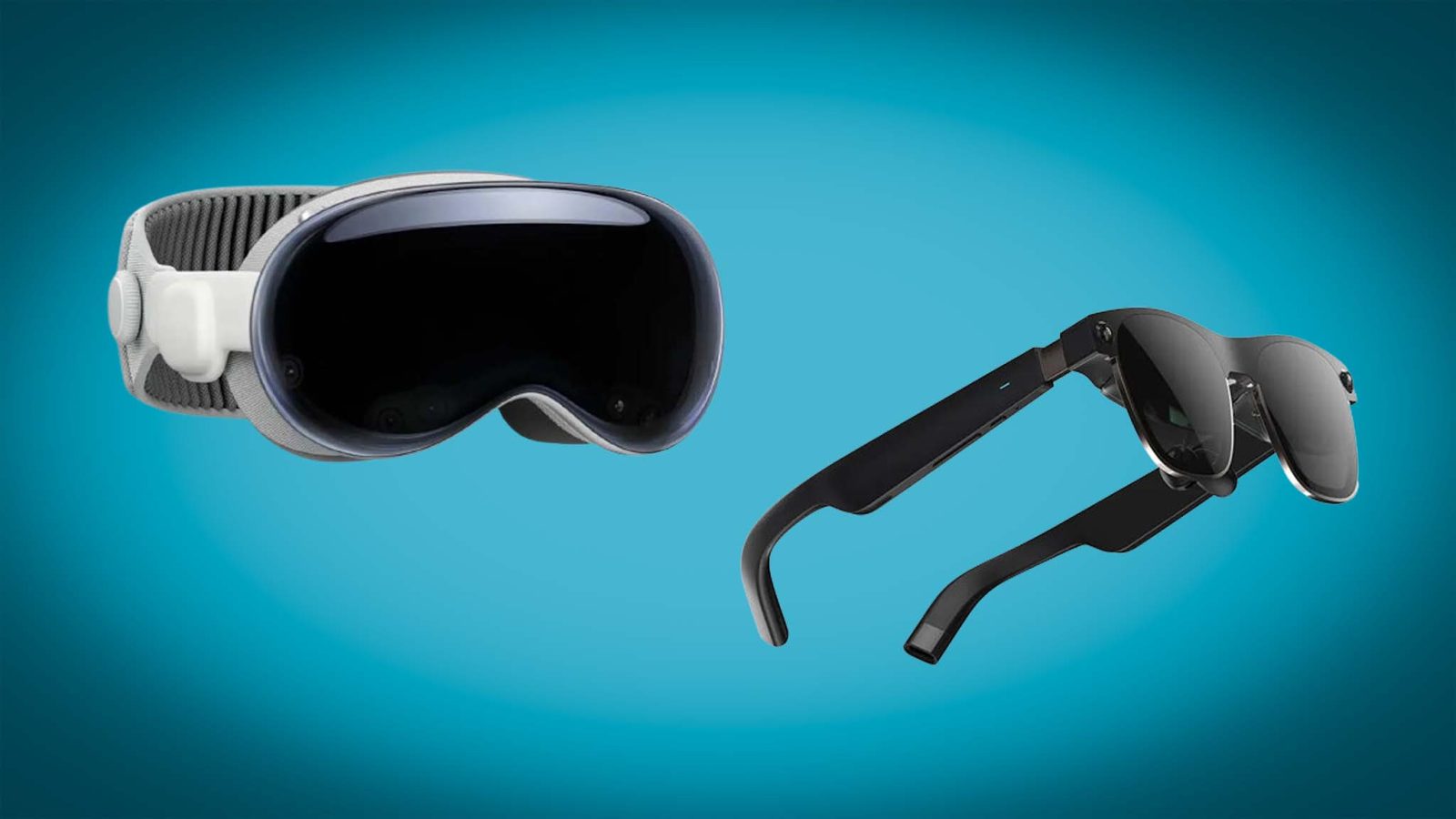

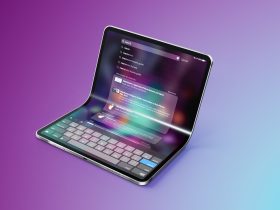
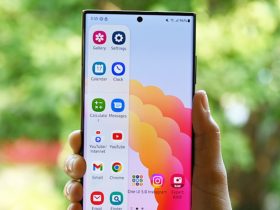

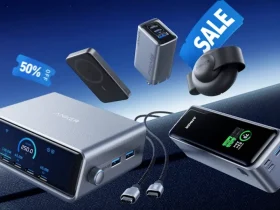
Leave a Reply